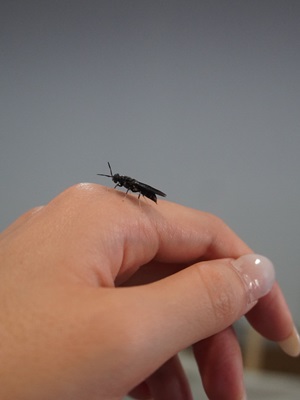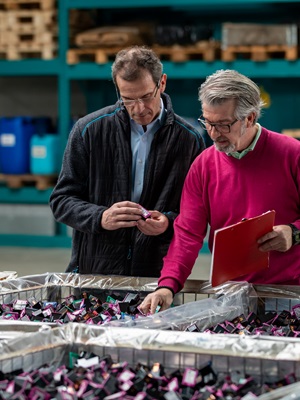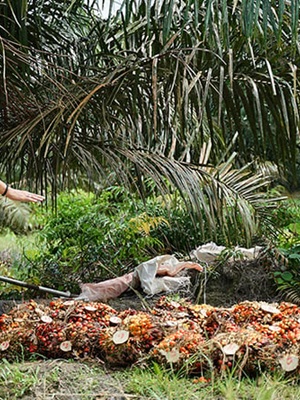The concept of biodiversity covers all life forms and the ecosystems they inhabit. Just like an intricate web, it refers to the interconnectedness of diverse species, from predators to prey and microorganisms. With each species playing a role in the web of life, the demise of one can lead to negative rippling effects on others.
However, biodiversity loss occurs at an unprecedented rate across the world, and it is affecting humanity in profound ways. In this article, we will take the time to understand the significance of biodiversity and explore the innovations that are aimed towards preserving biodiversity.
The Importance of Biodiversity
Knowing the importance of biodiversity is the first step towards understanding why its loss is a pressing environmental issue and how it can also affect the economy.
Ecosystems are essentially like puzzles, and each species represents a unique puzzle piece. When one is missing, the balance will be disrupted. However, biodiversity ensures that ecosystems remain resilient amid changing environmental conditions. Healthy ecosystems also provide clean water, pollination and climate regulation, which are all required for human’s survival.
Pollinators, such as bees and butterflies, facilitate the reproduction of plants, including many of the crops that people eat. On the other hand, wetlands and forests filter pollutants from water, providing clean water supplies, while oceans and forests also store carbon for climate regulation. Furthermore, by regulating the populations of disease-causing organisms, biodiverse ecosystems can contribute to disease control.
In terms of its impact on the economy, latest research from PwC finds that 55% of the world’s gross domestic product (GDP), which is equivalent to approximately US$58 trillion, is moderately or highly dependent on nature. Despite this, biodiversity is under severe threat, with a million species on the brink of extinction and wildlife populations experiencing a 69% decline in the last five decades.
Meanwhile, the funding required to minimise biodiversity loss and facilitate the transition towards sustainable practices is lacking by US$700 billion per year. Regardless, there’s still hope, as new policies are being implemented to avoid irreversible biodiversity loss.
For example, new laws have taken effect in England that mandate builders to contribute to enhancing natural ecosystems and compensate for the loss of nature. The European Union’s Nature Restoration Law has also set a target to restore ecosystems on at least 20% of its land and seas by 2030.
However, preventing biodiversity loss will require more than just policy changes and corporate commitments. Society can make significant strides by leveraging the power of innovation.
How Innovation Can Prevent Biodiversity Loss
By leveraging the power of technology and collaboration, innovative solutions are being developed and implemented to address the challenge of biodiversity loss.
For instance, UK-based startup NatureMetrics uses state-of-the-art genetic techniques to monitor biodiversity. It gathers and analyses environmental DNA or traces of DNA in water, sediments and insects, and then feeds the data into interactive maps, charts and dashboards. This will help businesses, governments and NGOs develop useful indicators for reliable measuring and tracking of investments in biodiversity.
Meanwhile, US-based startup Boomitra uses AI and remote sensing to monitor, report and verify carbon content in soils. This purpose-driven company, which was one of the recipients of the Earthshot Prize, works mainly with farmers and ranchers to increase their soil carbon capture and yields while earning additional income through carbon credits. Boomitra currently manages over 5 million acres of land and sells carbon credits to companies and governments.
There are also innovation companies that are helping organisations grasp the value of investing in the preservation and restoration of nature. For example, Colombia-based startup Terrasos has pioneered biodiversity credits and habitat banks. These initiatives aim to restore land damaged by activities such as mining and agriculture.
Meanwhile, ViridisTerra’s TreesofLives platform leverages biotechnology to restore and develop degraded land, lowering the cost of restoration and carbon sequestration while generating excellent return on investment for its clients. Then there are also others that bring significant socio-economic impact and positively disrupt value chains, such as COOPAVAM, which is a Brazil-based smallholder farmer cooperative. They work closely with indigenous collectors in the Amazon and pay them up to 80% more than commercial middlemen, on top of the training, equipment and technical support they provide.
Maintaining Biodiversity Through Collaboration and Innovation
The detrimental effects of biodiversity loss on the economy and society as a whole are reminders that humans are not separate from nature but are rather connected to a large, interdependent system.
Maintaining biodiversity requires collaboration among governments, companies, investors, landowners, farmers, project developers and other stakeholders. Only with an alignment of goals and interests will it be possible to set standards and produce outcomes geared towards a sustainable and biodiverse future.
Furthermore, leveraging innovation to promote biodiversity proves to be an excellent way to strike the right balance between economic, environmental and social aspects. It increases the efficiency and effectiveness of initiatives that preserve the health of ecosystems, humans’ wellbeing and the lives of future generations.
Posted 31/07/2024

















